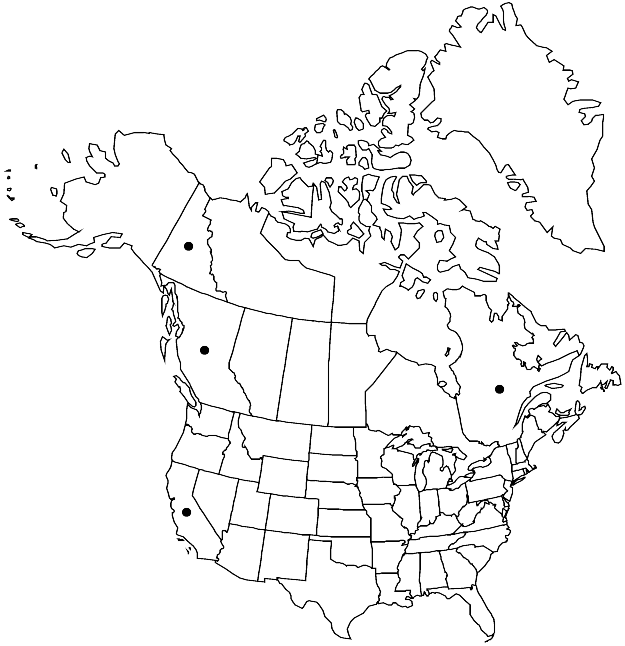Erysimum cheiri
Cl. Crucif. Emend., 116. 1769.
Biennials or subshrubs. Trichomes of leaves 2-rayed, rarely mixed with fewer 3-rayed ones apically. Stems erect, unbranched or branched distally, (woody at base when subshrubs), 1.5–8 dm. Basal leaves (rosulate when biennial, often withered by fruiting), similar to cauline. Cauline leaves petiolate; blade (obovate to oblanceolate, 4–22 cm × 3–12 mm, base cuneate to attenuate), margins entire to repand. Racemes considerably elongated in fruit. Fruiting pedicels divaricate-ascending to ascending, slender, narrower than fruit, 7–13 mm. Flowers: sepals oblong, 6–10 mm, lateral pair not or slightly saccate basally; petals orange, yellow, brown, red, purple, violet, or white, broadly obovate to suborbicular, 20–35× 5–10 mm, claw 7–12 mm, apex rounded; median filaments 7–9 mm; anthers linear, 2.5–3.5 mm. Fruits ascending, narrowly linear, straight, not torulose, 3–10 cm × 2–7 mm, latiseptate to terete, not striped; valves with prominent midvein, pubescent outside, trichomes 2-rayed, glabrous inside; ovules 32–44 per ovary; style cylindrical or subconical, slender, 0.5–4 mm, pubescent; stigma strongly 2-lobed, lobes much longer than wide. Seeds ovate, 2–4 × 1.5–3 mm; wing continuous or distal. 2n = 12.
Phenology: Flowering Apr–Jul.
Habitat: Disturbed sites, lawns, abandoned gardens
Elevation: 0-1500 m
Distribution

Introduced; B.C., Que., Yukon, Calif., Europe
Discussion
Erysimum cheiri is a widely cultivated ornamental of European origin.
Selected References
None.
Lower Taxa
"elongated" is not a number."narrower" is not a number."thick" is not a number."dm" is not declared as a valid unit of measurement for this property.